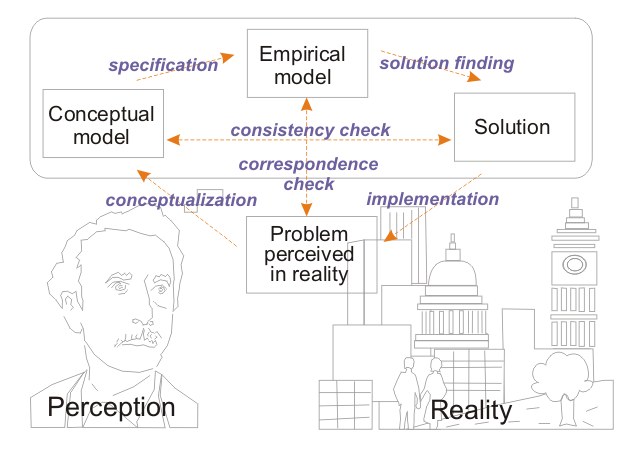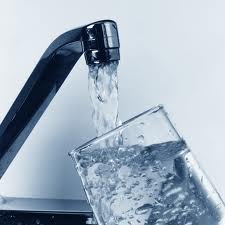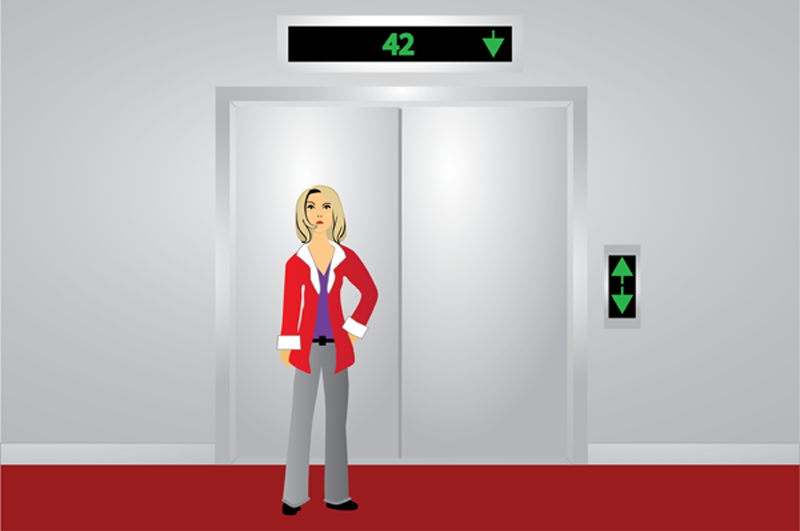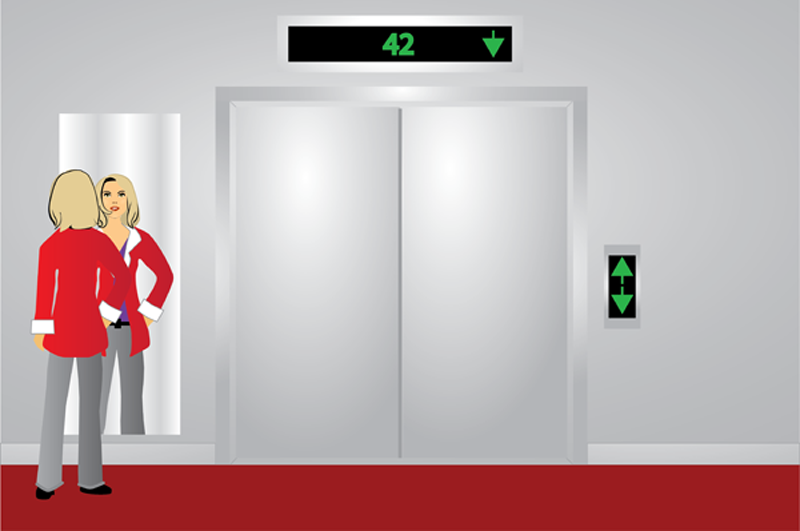 Problem solving is a critical skill that you will need in all aspects of your life. By building on your existing skills and creating a solid foundation in problem solving techniques, you will be on your way to successfully solving problems.
Problem solving is a critical skill that you will need in all aspects of your life. By building on your existing skills and creating a solid foundation in problem solving techniques, you will be on your way to successfully solving problems.iStudy for Success!
Online learning tutorials for essential college skills.
 Problem solving is a critical skill that you will need in all aspects of your life. By building on your existing skills and creating a solid foundation in problem solving techniques, you will be on your way to successfully solving problems.
Problem solving is a critical skill that you will need in all aspects of your life. By building on your existing skills and creating a solid foundation in problem solving techniques, you will be on your way to successfully solving problems.
The phrase "problem solving" consists of very general concepts covering a wide range of different activities and ways to approach solving problems. Problem solving can be fun and intriguing! This tutorial will help you learn how to approach problem solving so you can maximize your college experience.
The main goal of this tutorial is to introduce learners to the most important concept in any problem solving situation - identification of the true problem. Upon completing this tutorial, you will be able to:
Note: All external links in this tutorial will open in a new window or tab.
Research methodology is used quite a bit to discover new things and test new ideas. Most research techniques use some kind of problem solving methodology. If you learn how to solve problems now, you will be able to approach many academic situations with the tools you need to handle them.
Today's businesses want employees who can adapt to new situations rapidly and effectively.
If you can solve problems, you can write your own ticket to whatever job you want.
Problems can be classified into puzzle problems, well-structured problems, and ill-structured problems.
Many games contain puzzle problems and are not "serious" in nature, nor is there any real-life consequence for failing to solve them.
Some problems which are simple and well-defined are called well-structured problems and include a set number of possible solutions - solutions are either 100% right or 100% wrong. An example of a well-structured problem is a typical mathematical (2 + 2 = 4) question. This question has a definitive correct answer.
In contrast to well-structured problems are ill-structured problems. In these cases, problems may have many possible answers because they are complex and poorly defined. The "best" solutions to ill-defined problems depend on the priorities underlying the situation. What is "best" today may not be "best" tomorrow. Ill-structured problems, because they are more difficult to "solve," require the development of higher order thinking skills and the ability to construct a convincing argument for a particular solution as opposed to all other possible solutions.
To summarize ill-structured problems:
 Here is an example of an ill-structured problem:
Here is an example of an ill-structured problem:
The population of your community is growing. Your water supply will not support many new people. What do you do?
This is a complex problem. It affects the people, the environment, and the quality of life itself. To arrive at a good solution, you need to use math, science, political science, psychology, and probably more!
This problem actually occurs frequently in areas with a growing population. In one community facing this problem, more than 20 possible solutions were presented to the public. A solution was then chosen upon which the majority of the public agreed. It wasn't the "right" solution because all of the 20 possible possible solutions had strengths and weaknesses.
The lesson here is that ill-structured problems usually have several workable solutions. Each solution has advantages and disadvantages that depend on who is affected by the solution. The solution chosen is often the one that has the best argument for it.
Check to see if you understand what an ill-structured problem is by completing the quiz below.

So, how do you go about solving an ill-structured problem? The best way to approach an ill-structured problem is to begin by gathering information. Here are some ideas of what to look for.
To start figuring out how to solve an ill-structured problem, here are some steps you may want to follow. Consider the information you have gathered through your investigation as you determine what the real problem is and how best to solve it.
Identifying the real problem is the most important step because:
First, in order to have a full understanding of the problem, you need to gather complete and accurate information. After defining the problem, more information is needed to confirm the cause of the problem. Sometimes what seems to be a problem is not really a problem at all.
For example, you tell your friend that you are always late for class because your alarm never goes off. Your friend may think the problem is that the alarm is broken or not working properly, when the truth is that you always forget to turn the alarm on before you go to bed.
It is important to have a full understanding of the problem before you begin solving it.
The most common problem in real-life problem solving is that we fail to identify the real problem and instead solve the wrong problem or a different problem. What we think is the real problem often isn't, it's just a symptom of the real problem.
Here is another example: guests on the upper floors of a hotel complain that the elevators are slow. It might seem logical to assume that the real problem is that the elevators are slow. But maybe it isn't. Can you guess what the hotel did to solve it?

Hotel management concluded that the real problem was that guests were concentrating on how long they had to wait for the elevators. They decided to install mirrors beside the elevator to take people's minds off the wait. Customer complaints ended after the mirrors were installed.
It is important to examine all possible causes of a problem before moving on to the next major step - solving the problem.

Complete the quiz below to see if you can determine the true problems in the given situations.

Jose's father, Juan, is a manager of a small department store. Juan has a problem. Recently, sales have dropped off. What are the first things Juan should do? Select as many answers as apply, and then compare what you have selected with the list below.
Compare your list to this one:
|
Things Juan Could Do |
Reasons |
|---|---|
|
Fire any staff who received a bad job review - they are inefficient. |
Some staff may need to improve in their job, but this is probably only a symptom of the problem, not the problem itself. |
|
Conduct a customer poll. |
Juan could do this, but he should be careful to separate fact from opinion. |
|
Decide who this problem affects. |
Juan should decide who is affected by this problem. |
|
Talk to other store owners. |
It is good to talk to other key people when determining the true problem. |
|
Have a sale. |
This is a possible solution to the problem, but Juan should first define the true problem before deciding on solutions. |
|
Talk to his staff about the problem. |
Juan should talk to key people to see how they feel about the problem. |
|
Increase inventory |
You do not have enough information to know if this is a correct move. |
|
Find out what economic influences could be affecting sales. |
This is a good idea. Always try to look beyond the boundaries of a problem for outside influences. |
After Juan talked to other employees, other store owners, and reviewed the economic status of his customers, he made a list of reasons on possible effects. What should Juan include in his list? Choose all that apply, and then read the next section to see if your list agrees with Juan's:
Here's what Juan could include in his list:
|
Things Juan Could Include |
Reasons |
|---|---|
|
What would happen if he solved the problem. |
Juan should list what would happen if he solved the problem to make sure he understands the unintended consequences of any solutions. |
|
Items he could place on sale. |
Setting a sale is a possible solution to the problem. Juan is not ready to set solutions, so he shouldn't include this. |
|
Projected sales for this month vs. expected sales for this month. |
Juan should define the gap between the actual and desired situation. |
|
What would happen if he reduced all part-time employee hours. |
This is a possible solution to the problem. Juan is not ready to set solutions, so he shouldn't include this. |
|
Salary revisions based on projected sales. |
This is a consequence of the problem, and shouldn't be listed here. |
|
What the store policy is on monthly sales loss. |
Juan should list what happens when a standard is violated. |
|
What would happen if he waited until next month to deal with it. |
Juan should list what would happen if the problem was left alone. |
|
What would happen if he reduced inventory? |
This is a possible solution to the problem. Juan is not ready to set solutions so he shouldn't include this. |
Next, Juan decided to list what would happen when the problem was solved. Here is what Juan wrote. Which of these are appropriate explanations?
Here are the explanations why Juan should include some phrases in his writing.
One thing Juan never thought to question was the expected sales figures for this month. What if they were unrealistic? Then the problem is not that sales were to low, but that the expectations were set too high. If that is true, then everything that Juan does to solve the problem will only address a symptom of the problem, not the problem itself.
Keep in mind that identification of the true problem is the most important step in problem solving.
After careful consideration, Juan decided to look at sales figures for the same month over the past five years. He found that sales were consistently lower for the same time period in the previous years. From this information, he determined that the figures for expected sales were incorrect and needed to be adjusted downward. After meeting with the store owner and presenting all of the relevant information, the owner agreed to adjust the figures.
For additional information on problem solving, please consult the following references:
* Indicates that the original Website is no longer available.
Solving problems is an important survival skill in today's information society where we must deal with a complex, technologically advanced world. There are many different kinds of problems to be identified and solved. They exist in a variety of forms within your major or your chosen future profession including, of course, mathematics, psychology, and the physical sciences, as well as the arts and humanities.
Therefore, potential advantages of having good problem solving skills include:
The following are the assignments embedded in the Problem Solving tutorial:
This activity is the first step in most research methodologies. A typical research methodology can be described as:
Therefore, it is recommended that instructors introduce this tutorial to students prior to any tutorials that deal with data collection and analysis, report writing, or the review, revision, and publication process.
Note : This is an excellent opportunity to utilize and reinforce the cooperative learning techniques from the Cooperative Learning tutorial.
[top of page]
These points are covered in the iStudy module, but should be emphasized in any discussions.
[top of page]
Through observing both the group's and the individual's activities, the instructor may assess student performance. Assessment criteria are as follows (instructors supply the percentage weights):
|
Where |
Domain |
Activities |
% |
|---|---|---|---|
|
iStudy Tutorial |
Knowledge |
The student can define the concept of problem solving by relating the science method to it. |
|
|
iStudy Tutorial |
Comprehension |
The student can describe the reasons why problem solving skills are valuable by giving examples. |
|
|
In-Class |
Application |
The student can determine the true problem in any problem solving situation by explaining why. |
|
|
iStudy Tutorial |
Analysis |
The student can distinguish well-structured and ill-structured problems by comparing them with each other. |
|
The following are the assignments embedded in the Problem Solving tutorial:
This activity is the first step in most research methodologies. A typical research methodology can be described as:
Therefore, it is recommended that instructors introduce this tutorial to students prior to any tutorials that deal with data collection and analysis, report writing, or the review, revision, and publication process.
Note : This is an excellent opportunity to utilize and reinforce the cooperative learning techniques from the Cooperative Learning tutorial.
[top of page]
These points are covered in the iStudy module, but should be emphasized in any discussions.
[top of page]
Through observing both the group's and the individual's activities, the instructor may assess student performance. Assessment criteria are as follows (instructors supply the percentage weights):
|
Where |
Domain |
Activities |
% |
|---|---|---|---|
|
iStudy Tutorial |
Knowledge |
The student can define the concept of problem solving by relating science method to it. |
|
|
iStudy Tutorial |
Comprehension |
The student can describe the reasons why problem-solving skills are valuable by giving examples. |
|
|
In-Class |
Application |
The student can determine the true problem in any problem-solving situation by explaining why. |
|
|
iStudy Tutorial |
Analysis |
The student can distinguish well-structured and ill-structured problems by comparing each other. |
|
|
|
|
|
100% |